Editors’ Picks





Found in Robotics White Papers & Archives, with a score of 33.42
…accessible to small and midsize enterprises. Labor shortages, the reshoring of production, competitive pressures, and government incentives are encouraging smaller businesses to evaluate and adopt robots. They are proving useful for tasks such as materials handling, piece picking, welding, and cleaning. Companies can now scale quickly, thanks to advancements in both hardware and software. And with robotics-as-a-service (RaaS) payment models, customers may not need to make major capital investments upfront. That’s not all. Robotics software is also evolving to provide greater visibility into operations, make robots more dextrous and agile, and gather and process data to train machine learning systems.…
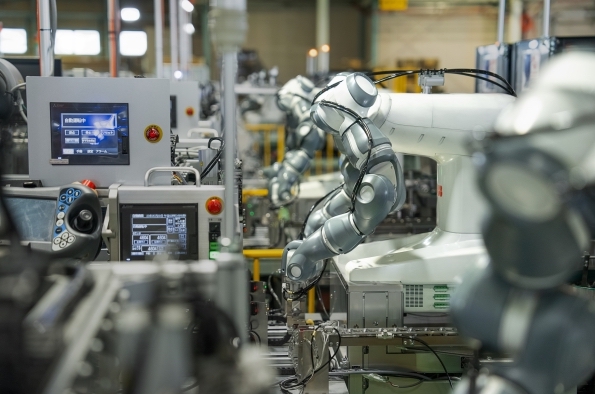
Found in Robotics News & Content, with a score of 26.95
Reshoring is the goal of many manufacturers, but worker shortages have slowed the process of ramping up production in plants on home turf. SUS Corporation, a major supplier of aluminum frames and die-cast aluminum components for the automotive and other manufacturing industries, is one of those companies. In the wake of significant disruption to global supply chains in recent years, SUS chose to return to domestic production in Shizuoka, Japan, to better manage its lead times and introduce greater flexibility. However, the manual and repetitive nature of the production process, coupled with mounting labor shortages, has made it difficult for…
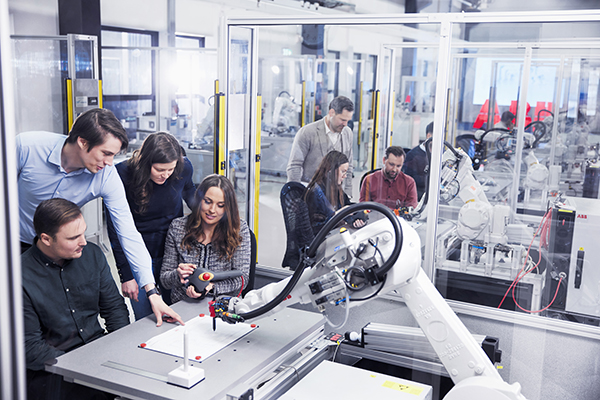
Found in Robotics News & Content, with a score of 25.65
…labor challenges, North American and European enterprises have considered reshoring or near-shoring operations to build resilience. However, a significant “education gap” exists in the skills needed for reshoring and automation to succeed, according to a global ABB survey. “The world is constantly evolving—businesses are shifting existing structures and adopting new technologies to future-proof their operations for a variety of challenges and uncertainties, with robotic automation playing a key role,” said Sami Atiya, president of ABB Robotics & Discrete Automation. “We need significant investment in continuous education to prepare our existing and future workforce to thrive in an age of robotics…
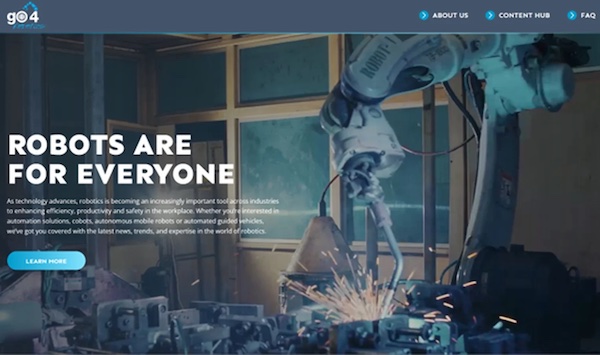
Found in Robotics News & Content, with a score of 20.60
…that business, government, and academia should make retraining and reshoring higher priorities. Robots to augment and recruit workers According to a study last year by Veo Robotics, 57% of manufacturers aren't worried about robots taking jobs but rather about finding ways to augment their existing workforces. “A people-centric approach to digital transformation ensures manufacturers have a workforce that is prepared to thrive alongside robots and automation,” wrote the National Association of Manufacturers in its “Top 8 Manufacturing Trends for 2023.” Several organizations have observed that not only can robots and automation help small and midsized enterprises (SMEs) be globally competitive,…
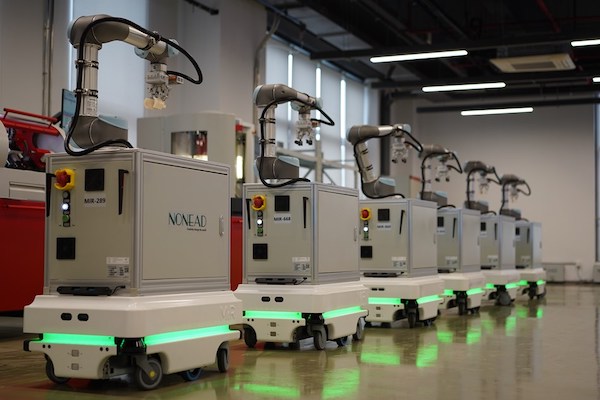
Found in Robotics News & Content, with a score of 20.28
The stage is set for the reshoring of U.S. manufacturing to finally gain momentum, and the latest generation of robots represents a key element of the equation. The backdrop against which this shift will unfold reflects a new set of economic realities for the industry. Two elements stand out as drivers of change: the rise in offshore wages and the increase in transportation costs, both of which are causing manufacturers to re-evaluate the benefits of maintaining production operations overseas. “Many companies that established operations outside of the U.S. that may be tied to the offshoring wave of the 1980s and…
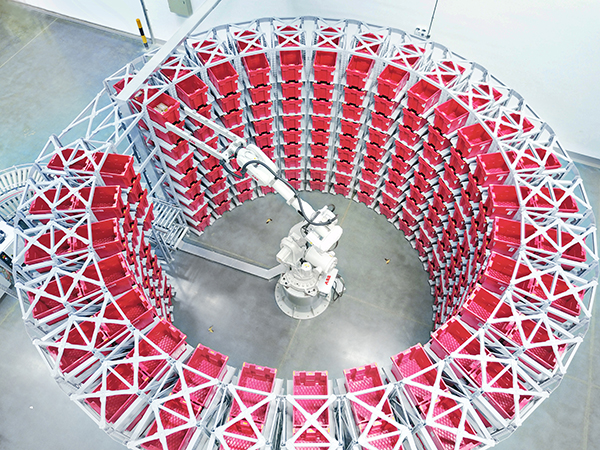
Found in Robotics News & Content, with a score of 19.29
…and resilience in production is driving the interest in reshoring/nearshoring and, as a result, the demand for more automation. He underscored the role of robotics in facilitating reshoring or nearshoring efforts, addressing supply chain concerns, and maintaining global competitiveness for U.S. businesses. Once confined to the automotive industry, automation and robotics have significantly expanded across multiple industries and sectors across the United States, including logistics, food and beverage, retail, and healthcare. American companies are increasingly turning to automation and robotics driven by the need for greater flexibility in operations, widespread labor shortages, and an aging workforce. Source: ABB 43% of…
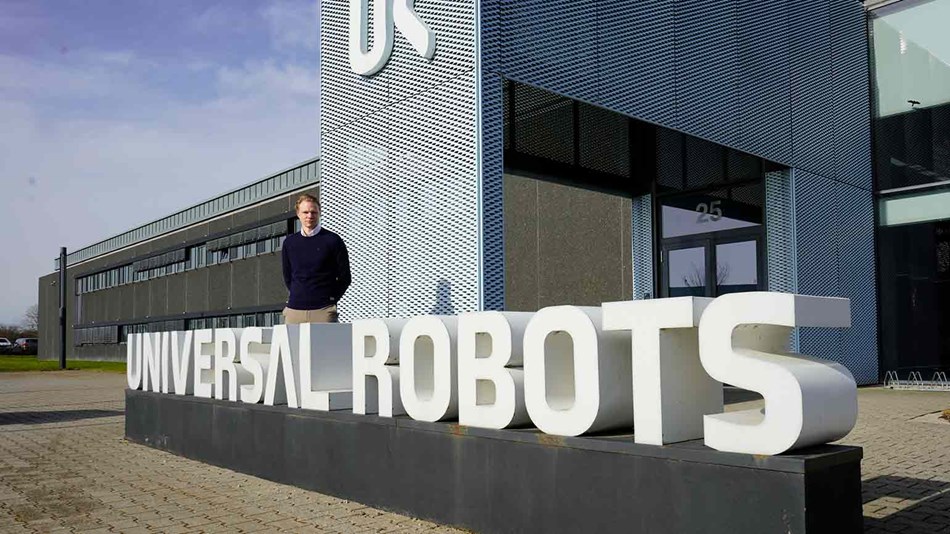
Found in Robotics News & Content, with a score of 18.09
…automation tasks is a very motivating goal.” Povlsen predicts reshoring will help drive automation The UR President predicts an increasing need for automation in the coming years, driven by several different things: a desire to protect employees from dangerous and monotonous tasks; reshoring, where companies move production closer to home in response to an uncertain world; and above all, a shortage of labor which will only get worse in the coming years: “We have a new generation of cobots on the way, with the UR20 being the first model, and our own figures show that we have only reached approximately…
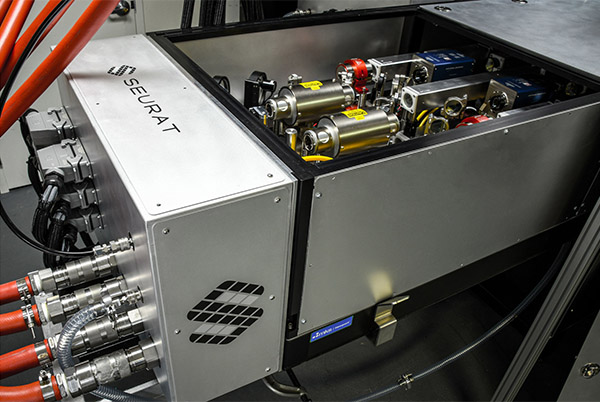
Found in Robotics News & Content, with a score of 16.57
…the company. Seurat claimed that it is “reinventing and reshoring manufacturing” with its Area Printing technology. Developed at Lawrence Livermore National Laboratory, the metal 3D printing technology “delivers high-precision, high-volume, decarbonized manufacturing,” said Seurat. The company asserted that it is 100% powered by green energy and has the potential to directly mitigate as much as 100 million tons of carbon dioxide by 2030. “By decoupling resolution and speed, Seurat is creating a scalable process that can compete with traditional manufacturing in every way,” it said. The company noted that it has nearly 130 patents and 145 trademarks granted and pending.…

Found in Robotics News & Content, with a score of 15.69
…opportunities, which is why we started A3 Mexico. Will reshoring and nearshoring help U.S. manufacturing and automation? Harry Moser, founder of the Reshoring Initiative, has said that one barrier to more reshoring is the lack of a skilled manufacturing workforce. We still have to have people to operate automation. We could bring back more jobs if we had more skilled workers. Reshoring has been a minor component to the growth of the industry. In fact, we're more likely to see nearshoring to places like Mexico. North America will still benefit. A look at different types of robots and AI While…
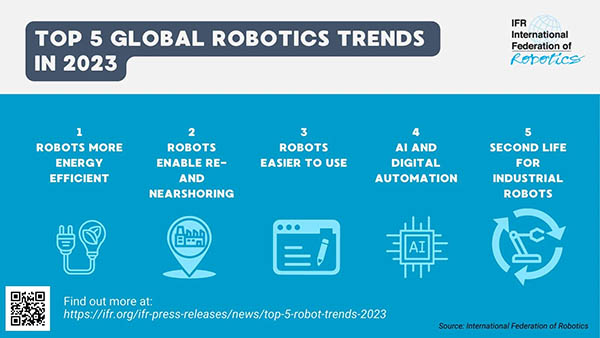
Found in Robotics News & Content, with a score of 14.91
…sensors are likely to become industry-standard for robotics. 2. Reshoring Resilience has become an important driver for reshoring in various industries. For instance, car manufacturers invest heavily in short supply lines to bring processes closer to their customers. These automakers use robots to produce powerful batteries cost-effectively and in large quantities to support their electric vehicle projects. These investments make the shipment of heavy batteries redundant. This is important as more and more logistics companies refuse to ship batteries for safety reasons. Relocating microchip production back to the U.S. and Europe is another reshoring trend. Since most industrial products nowadays…
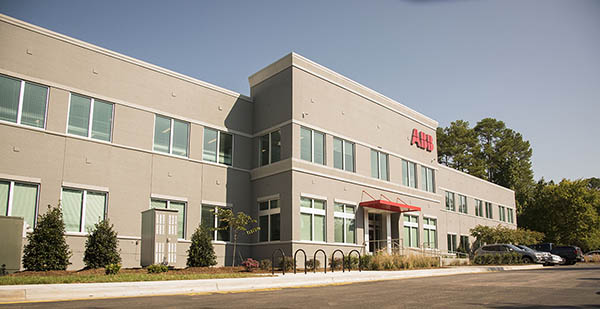
Found in Robotics News & Content, with a score of 14.27
…time, the company is focusing on sustainability and embracing reshoring efforts. The company said it feels confident in its investment in the U.S. with the passage of Reduction Act, CHIPS Act, and Infrastructure and Investment in Jobs Act. U.S. Country Holding Officer of ABB Michael Gray said the Inflation Reduction Act has helped “trigger” new investments in clean energy and technology companies building locally. “More than ever before, ABB is designing and producing products domestically to serve our U.S. customers, as they move toward more sustainable electric power generation, clean energy manufacturing, electric transportation, and industrial efficiency including carbon capture…

Found in Robotics News & Content, with a score of 13.50
…with Harry Moser, the founder and president of the Reshoring Initiative, and another with a supply chain executive from a leading retailer. I then had a chance to sit in on a presentation by Adrian Kumar, a vice president of solutions design for DHL, and one of his colleagues on DHL’s work with NextGen Supply Chain technologies, including mobile robots and Google Glass. They seem disparate, but there’s a common thread between the three. If you haven’t heard Harry speak at a conference, he is an apostle for American manufacturing in the best possible way. Founded about 6 years ago,…



